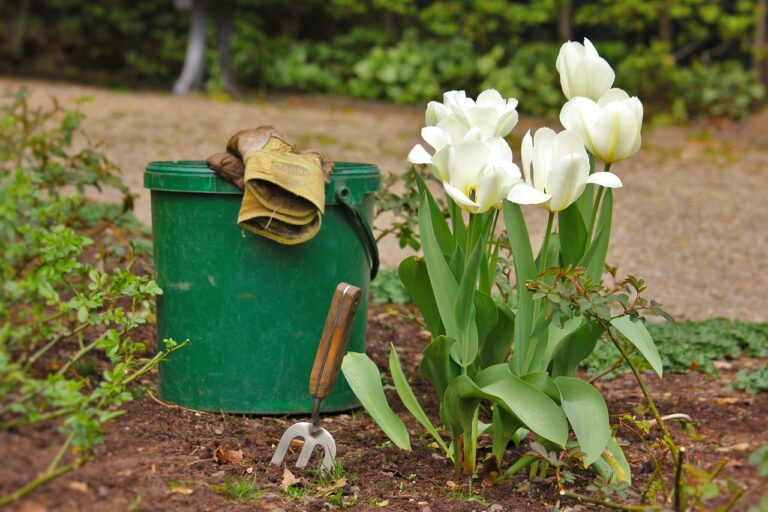Plant Care: A Comprehensive Guide to Keep Your Plants Thriving
- Introduction
Plants bring life and beauty into our homes and spaces, but caring for them can be a daunting task. Understanding proper plant care techniques is essential to ensure their health and longevity. This comprehensive guide will provide you with the knowledge and actionable takeaways to nurture your plants and keep them thriving.
Lighting
Importance of Lighting:
- Light provides plants with energy through photosynthesis.
- Different plants have specific light requirements for optimal growth.
Light Sources:
- Natural light: Use windows, skylights, or shaded outdoor areas.
- Artificial light: Use grow lights to supplement or extend natural light.
Tips:
- Observe your plants to determine their light preferences.
- Rotate plants regularly to expose all sides to light.
- Consider using light meters to measure light intensity.
Watering
Signs of Underwatering and Overwatering:
- Underwatering: Wilting, crispy leaves, brown edges.
- Overwatering: Yellowing or soggy leaves, root rot.
Watering Frequency:
- Check the soil moisture: Before watering, insert your finger or a moisture meter into the soil.
- Allow soil to dry out slightly: Most plants prefer slightly moist but not soggy soil.
- Adjust watering based on plant type: Succulents require less water than moisture-loving plants.
Tips:
- Water deeply, soaking the soil thoroughly.
- Avoid frequent shallow watering, as it only moistens the surface.
- Consider using rain or distilled water for sensitive plants.
Fertilization
Benefits of Fertilizing:
- Provides essential nutrients for plant growth.
- Promotes healthy roots, foliage, and flowers.
Choosing a Fertilizer:
- Liquid fertilizers: Easy to apply and absorb quickly.
- Granular fertilizers: Release nutrients gradually over time.
- Choose a fertilizer specific to your plant type: Different plants have different nutrient requirements.
Tips:
- Fertilize plants during their active growing season.
- Follow the instructions on the fertilizer packaging carefully.
- Avoid overfertilizing, as it can damage roots.
Soil Health
Importance of Healthy Soil:
- Provides nutrients, water, and support for plant roots.
- Promotes microbial activity that is beneficial for plant growth.
Components of Healthy Soil:
- Organic matter: Adds nutrients and improves soil structure.
- Clay: Retains water and nutrients.
- Sand: Promotes drainage and aeration.
Tips:
- Use well-draining potting mixes that contain organic matter.
- Amend soil regularly with compost or other organic materials.
- Monitor soil pH and adjust it if necessary.
Troubleshooting Common Plant Problems
Pests and Diseases:
- Identify pests: Inspect plants regularly for insects or other pests.
- Use natural remedies: Try insecticidal soap or neem oil.
- Consult a plant care expert: If the problem persists, seek professional advice.
Yellowing Leaves:
- Nutrient deficiency: Fertilize with a balanced fertilizer.
- Overwatering: Allow the soil to dry out between waterings.
- Too much sun: Move the plant to a brighter spot with indirect light.
Brown Leaves:
- Underwatering: Increase watering frequency.
- Overfertilizing: Flush the soil with water to remove excess nutrients.
- Sunburn:* Protect the plant from excessive direct sunlight.
Conclusion
Proper plant care is essential for maintaining healthy and thriving plants in your home or office. By understanding the principles of lighting, watering, fertilization, soil health, and troubleshooting common problems, you can provide your plants with the optimal conditions they need. Remember to observe your plants regularly and adjust care accordingly to ensure their well-being. With the information provided in this guide, you can nurture your plants and enjoy their beauty and benefits for years to come.

























